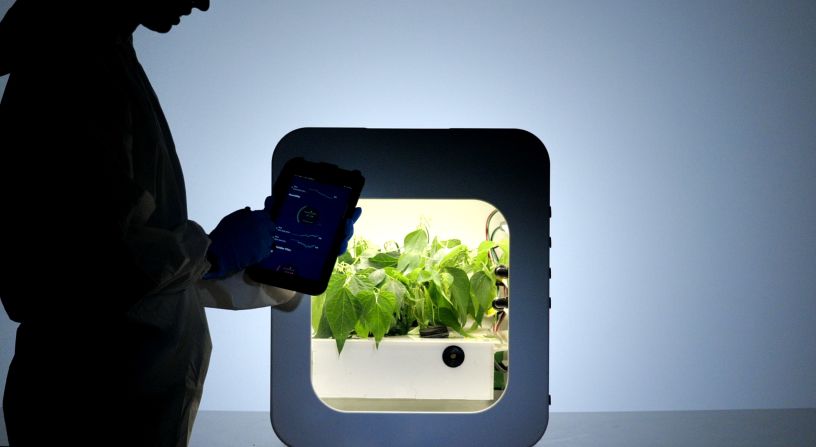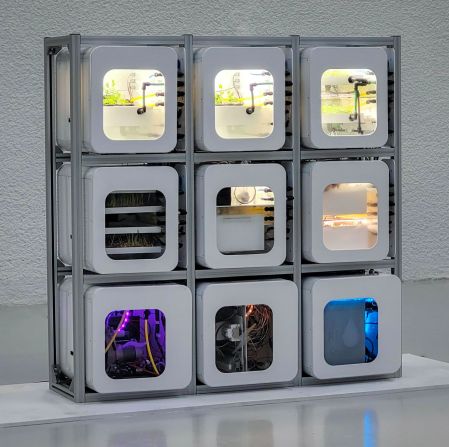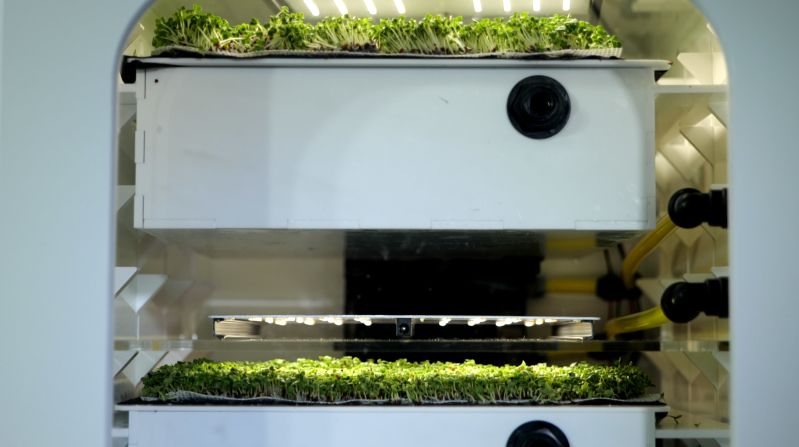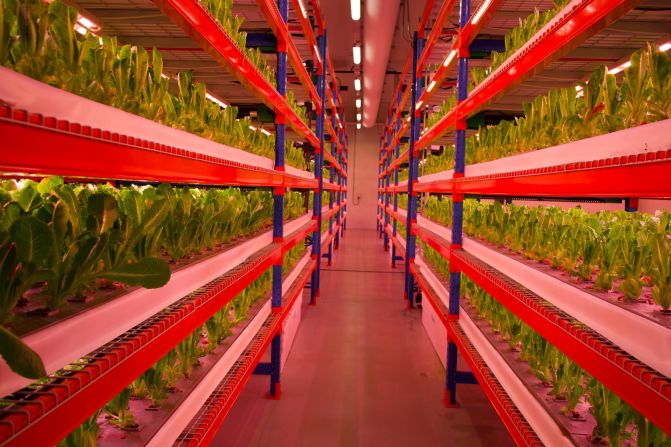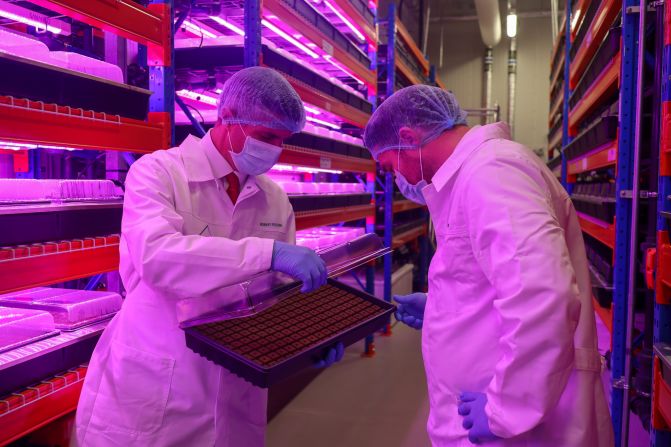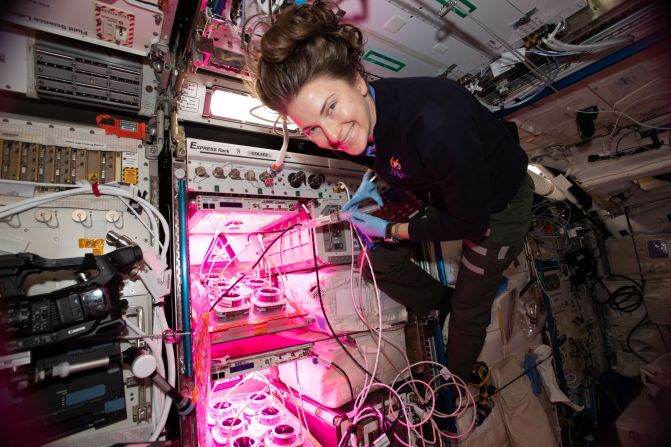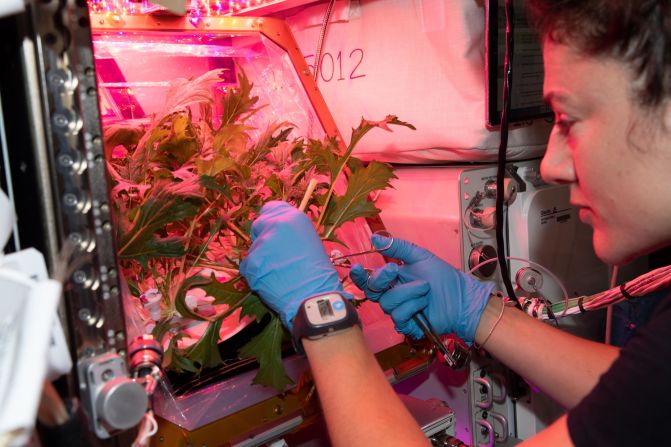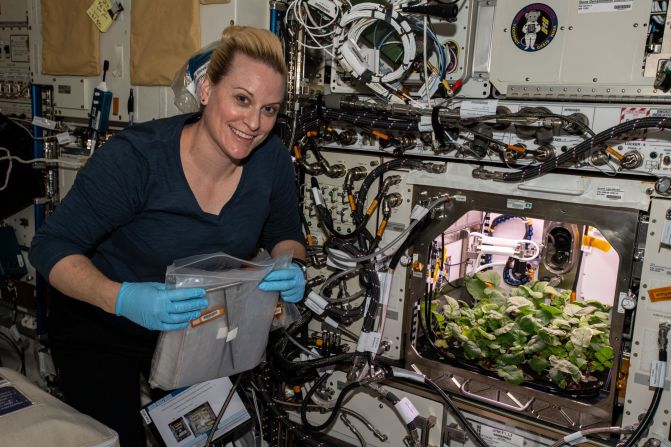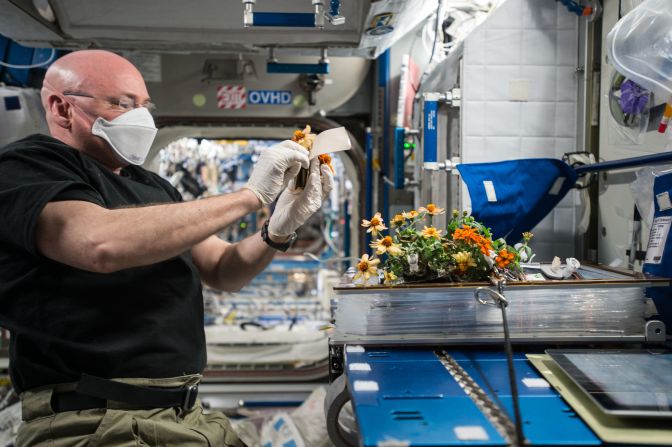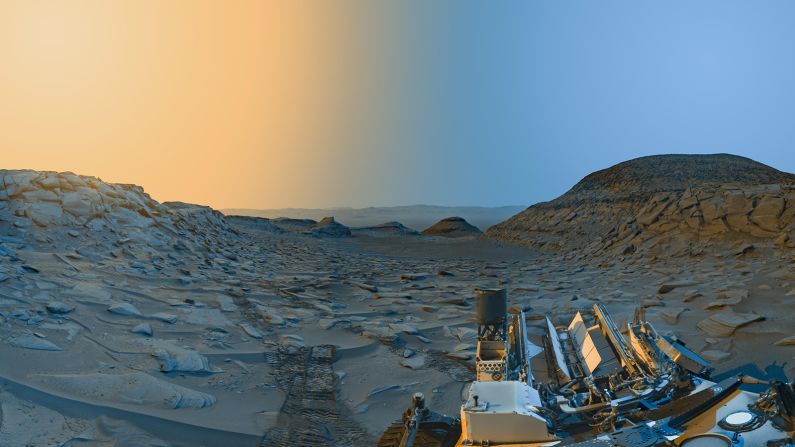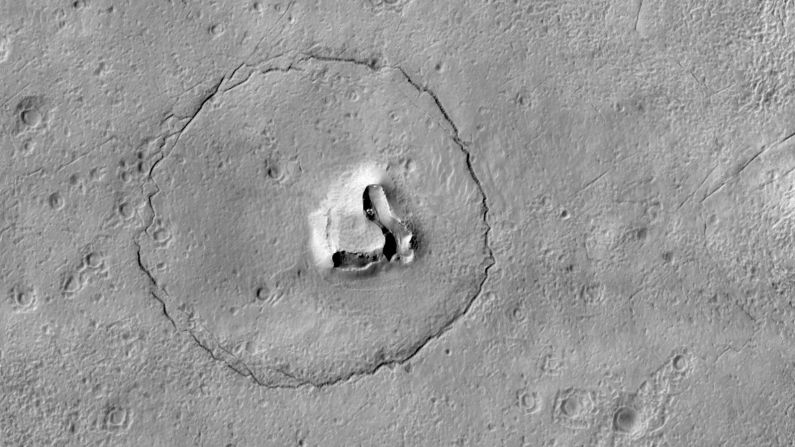Even before we reached the moon, humans had been making plans to send people to Mars, and in recent years, the dream has looked closer to becoming reality. NASA plans to have boots on the red planet in the 2030s, while Elon Musk’s SpaceX plans to get there even sooner.
The difficulty isn’t solely getting astronauts to Mars but also sustaining them once they’re there; you can’t simply grow potatoes in its soil – despite what Matt Damon would have you believe in the movie “The Martian.”
With an atmosphere 100 times thinner than Earth’s, only half the amount of sunlight, no known accessible fresh water, and average temperatures of -81 degrees Fahrenheit, Mars is the most challenging environment in which humans have ever planned to produce food.
A startup called Interstellar Lab believes it may have the solution. The Paris and Los Angeles-based company has designed a controlled-environment capsule system that could one day allow crops to be grown in space.
The best photos of Mars
“A multi-planet species”
“Interstellar Lab is the pursuit of a child’s dream in the context of the climate crisis on Earth,” says CEO Barbara Belvisi. “At the youngest age, I dreamt of becoming a multi-planet species and to live under domes on other planets, surrounded by plants.”
Belvisi spent a year with engineers at NASA AMES Space Portal before launching Interstellar Lab in 2018. Its Nutritional Closed-Loop Eco-Unit System, or “NUCLEUS,” is a modular structure composed of nine cube capsules designed to provide a nutritious diet for four astronauts for the duration of a two-year mission. Belvisi says it is capable of producing fresh microgreens, vegetables, mushrooms, and even edible insects.
“The initial focus was to build a regenerative food production system to advance sustainable farming on Earth,” says Belvisi. “But I asked, ‘what if the technology we will need to live in space could help us live more sustainably on Earth?’ That’s how the concept of advanced controlled-environment modules for Earth and space was born.”
In 2021, the design was among the winners of Phase 1 of NASA’s Deep Space Food Challenge, and in January this year, NASA announced NUCLEUS among the 11 Phase 2 finalists.
NUCLEUS is moving now to a lab in Cape Canaveral, Florida, to participate in the challenge’s final phase, with the winners announced in April.
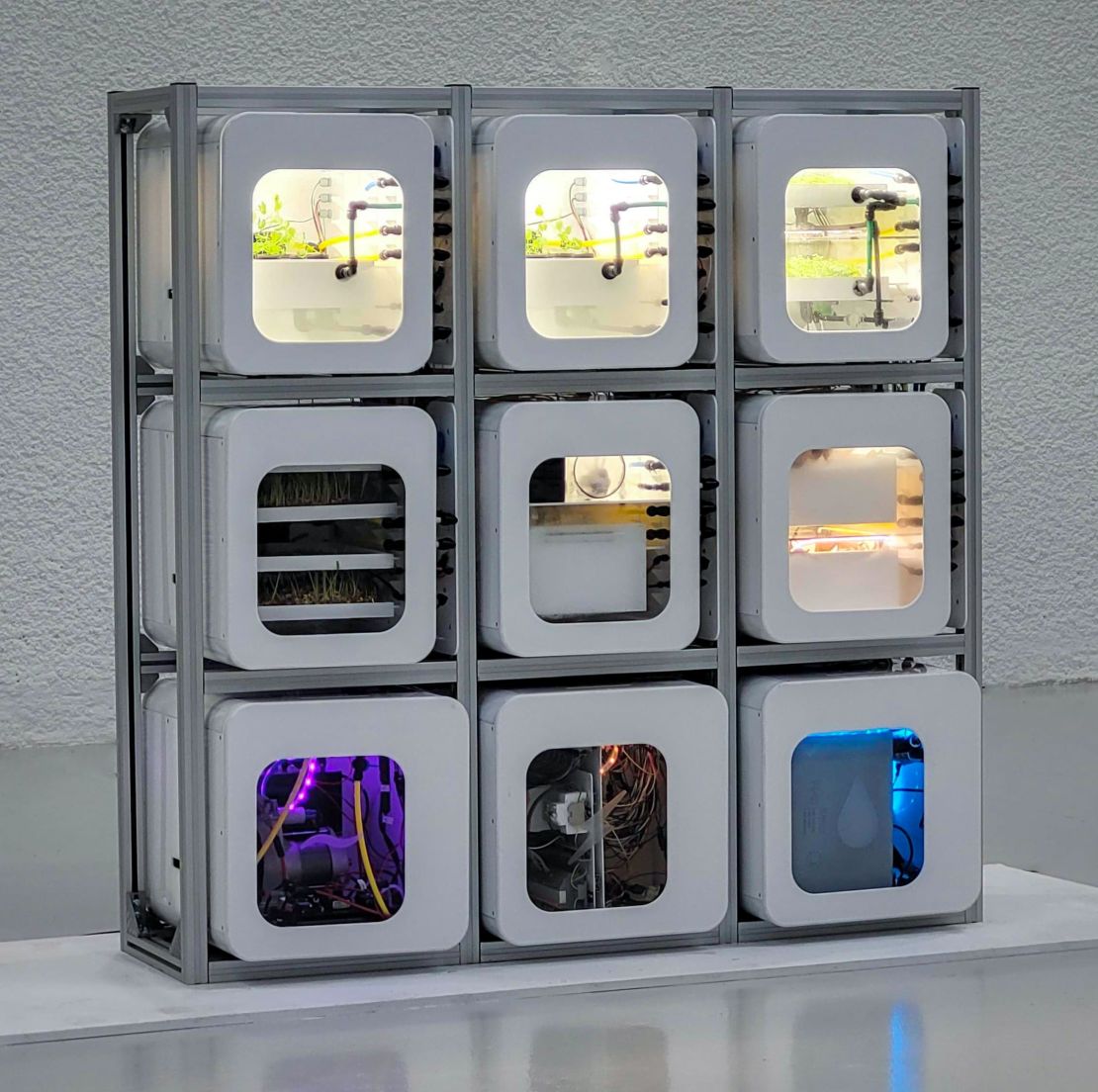
Agriculture in harsh environments
Inside the NUCLEUS capsule cubes, plants are grown in vertical crop systems, the method many scientists consider to be the best option for Martian agriculture.
Vertical farming is a method of growing crops without soil in a controlled environment, delivering nutrient-rich water straight to a plant’s roots. It can use significantly less water and fertilizer than traditional outdoor agriculture, and by continuously recirculating water, it creates very little waste.
A large-scale example of this method in use can be found at the Emirates Crop One facility in Dubai, the world’s biggest vertical farm. According to Crop One, its Dubai farm covers 330,000 square feet of vertical growing space and produces 1 million kilograms (more than 2 million pounds) of crops every year, including kale, spinach, and arugula.
Read: Astronauts have a taco taste test using first chile peppers grown in space
Deane Falcone, Crop One’s chief scientific officer, says that the principles can be applied to essentially any harsh environment.
“One of the fundamental advantages of this indoor growing is that we can put it in Dubai, we could put it in the extreme cold – basically anywhere,” explains Falcone. And other than water and artificial light, “it’s independent of resources.”
According to Falcone, if a vertical farm were to be used on Mars, water could be extracted from ice sheets below the planet’s surface, while light could be supplied either by a system of mirrors to magnify the natural sunlight or using lamps powered by solar and wind energy.
Falcone considers vertical farming in a fully sealed and controlled environment to be “the only option for agriculture on Mars,” although some scientists are researching growing plants directly in the Martian soil. With vertical farming, “you control the daylight hours, you have a lot of influence over what the plant will do,” he says. “You can encourage flowering simply by changing the timing of the lighting.”
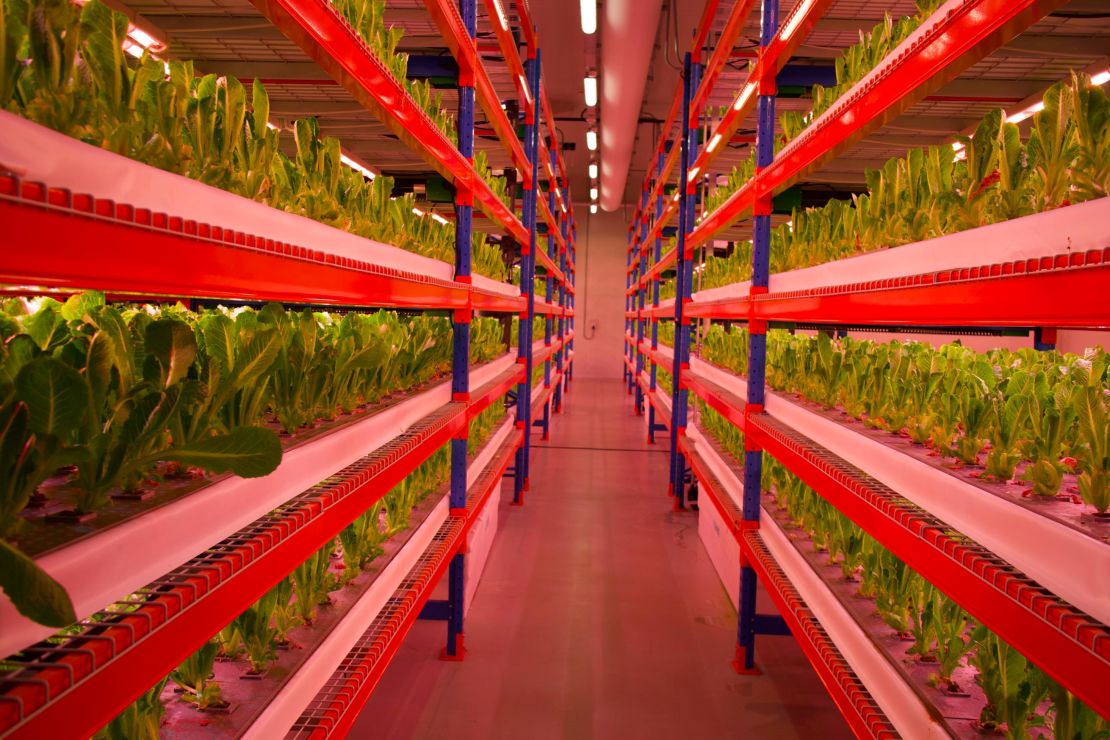
Falcone points out that in the absence of gravity, such as during the expected nine-month journey to Mars, the most common form of vertical farming, hydroponics (growing in water), wouldn’t work. “All of Earth’s large-scale farms rely on gravity,” he explains. “We’re growing in a tray of water that’s flowing, (and) that water is held in the tray by gravity.”
It’s a problem encountered aboard the International Space Station, where crops are already grown using artificial lights. Seeds are planted in a nutrient-rich substrate inside sealed chambers that are scattered with fertilizer pellets. To counter the lack of gravity, astronauts must painstakingly administer water to the roots of individual plants – a system that wouldn’t be feasible at the scale required to feed a whole crew.
Falcone suggests an alternative method, known as aeroponics, which would deliver water to contained roots using a mist.
Once on the surface of Mars, and under the influence of Martian gravity, a hydroponic vertical farm system could be used, housed in an environment like Interstellar Lab’s NUCLEUS.
But Falcone predicts a much larger space will be required. “The system has to be something that you can rely on day after day to provide food,” he says. “It could also be tailored to deliver breathable air as oxygen is created by the plants growing there. You’d have to have a pretty large-scale system to enable continuous output of food and additional products such as oxygen.”
“The only option”
The foods that could be grown in these systems and served up to Martian settlers are imagined in “Dinner on Mars: The Technologies That Will Feed the Red Planet and Transform Agriculture on Earth,” a book by Lenore Newman, director of Food and Agriculture Institute at the University of the Fraser Valley, and Evan Fraser, director of Arrell Food Institute at the University of Guelph, both in Canada.
“The key to sustaining life on Mars is an extremely intensive, closed loop, efficient food system,” says Newman.
Read: Space-grown lettuce is safe to eat, says study
Fraser says that by using LED light and a nuclear reactor for energy, “pretty much anything is possible in a Martian environment.”
“On Mars, you have to close the loop. You have to pay close attention to anything you’re losing from or putting into the system,” says Fraser. “It’s a nice thought exercise to remind us what we could do on Earth if we really doubled down.”
Fraser believes this kind of technology could help us use resources more efficiently on Earth, and reduce carbon emissions.
“The vertical farming industry have done a remarkable job of reducing labor, water, and costs such as land costs. They are achieving a huge amount of productivity per square acre, per hour of worker and per liter of water use,” says Fraser.
When asked whether they thought that vertical farming was a good option for sustaining life of Mars, both Newman and Fraser answer in unison: “It’s the only option.”

